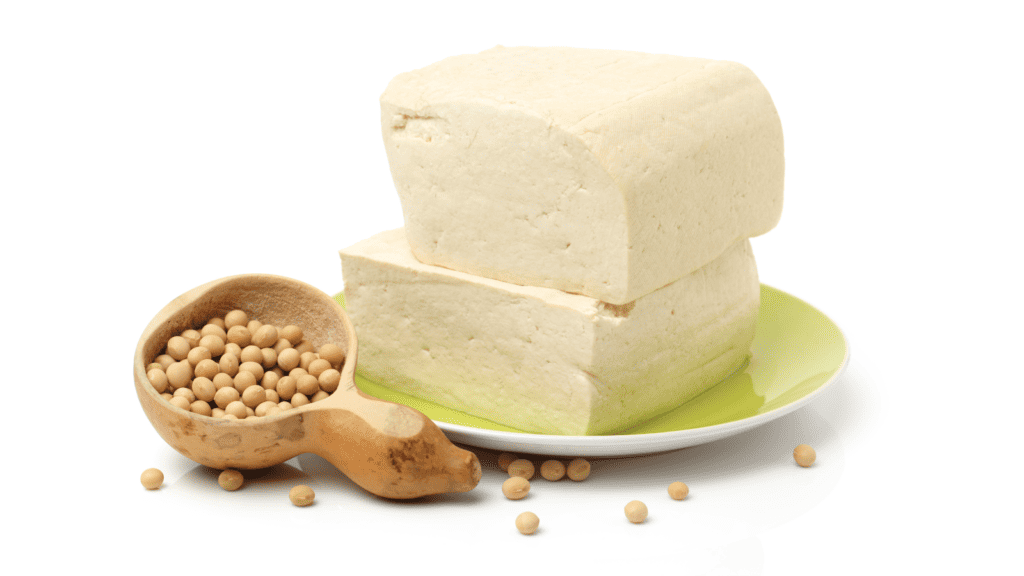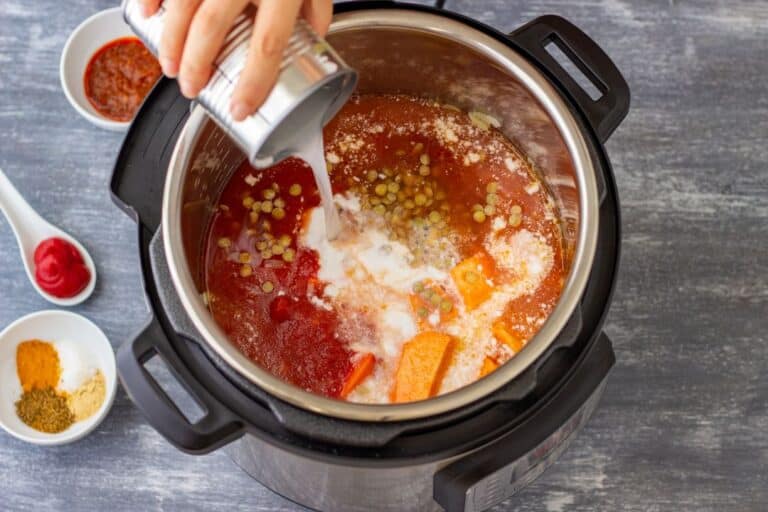Healthy Mixed Vegetable Sāgù Recipe
Are you in need of a diabetes-friendly recipe that is both delicious and nutritious? Look no further than this Healthy Mixed Vegetable Sāgù Recipe. Packed with colorful vegetables, this dish satisfies your taste buds and checks your blood sugar levels.
With its flavorful blend of spices and aromatic ingredients, this mixed vegetable saagu is the perfect addition to your healthy meal repertoire. Stay on track with your diabetes management while treating yourself to a delightful culinary experience.
Ingredients
Vegetables
You will need a variety of vegetables to make a delicious mixed vegetable saagu. Opt for fresh and seasonal vegetables such as carrots, beans, peas, cauliflower, and potatoes. These vegetables add flavor and texture to the dish and provide essential nutrients.
Spices and Seasonings
The spices and seasonings give the mixed vegetable saag its aromatic and flavorful taste. You will need cumin seeds, mustard seeds, curry leaves, green chili, ginger, and garlic. These spices create a beautiful blend of flavors that will tantalize your taste buds.
Other Ingredients
Apart from the vegetables and spices, you will also need a few other ingredients to enhance the taste and texture of the saag. Coconut, roasted peanuts, and desiccated coconut are commonly used to add richness and creaminess to the dish. Additionally, you will need oil for cooking and salt to taste.
Preparation – Vegetable Sāgù
Step 1: Chopping Vegetables
Start by washing and chopping the vegetables into bite-sized pieces. Make sure to remove any dirt or impurities. Keeping the vegetables uniform in size will ensure even cooking. Once chopped, set aside the vegetables until needed.
Step 2: Making the Masala
Heat oil in a pan to begin making the masala for the saag. Add cumin seeds and mustard seeds and let them splutter. Next, add finely chopped ginger, garlic, and green chili.
Sauté until the raw aroma disappears and the ingredients turn golden brown. Then, add curry leaves and the desiccated coconut. Cook until the coconut is lightly roasted and fragrant. Turn off the heat and let the mixture cool.
Step 3: Cooking the Vegetables
In a separate pot, heat oil and add the chopped vegetables. Sauté the vegetables for a few minutes until they are partially cooked but retain some crunch. Be careful not to overcook them, as we want them to remain slightly crisp.
Step 4: Mixing the Vegetables and Masala
Now, it’s time to bring all the components together. Add the cooked vegetables to the pan with the masala mixture. Mix well until all the vegetables are coated evenly with the masala. Add salt to taste and cook for a few more minutes until the flavors have melded together.
Variations
Adding Paneer or Tofu

You can incorporate paneer or tofu to add protein to their mixed vegetable sagu. Cut the paneer or tofu into small cubes and add them to the saagu during step 4.
This addition will not only enhance the nutritional value of the dish but also provide a delightful texture.
Adding Coconut Milk
You can add coconut milk to the dish if you prefer a creamier and richer saag. Substitute a portion of the water used during cooking with coconut milk. This variation adds a touch of sweetness and velvety consistency to the saag, making it even more indulgent.
Using Different Vegetables
Feel free to experiment with different vegetables to suit your taste and availability. While the classic mixed vegetable saagu includes carrots, beans, peas, cauliflower, and potatoes, you can incorporate other vegetables such as bell peppers, broccoli, or corn. This will allow you to create your unique version of the saagu.
Tips and Tricks
Choosing Fresh Vegetables
Always opt for fresh and seasonal produce when selecting vegetables for your mixed vegetable saagu. Fresh vegetables not only taste better but also retain more nutrients. Look for firm vegetables with vibrant colors and no signs of spoilage.
You can also support local farmers by purchasing your vegetables from nearby markets.
Balancing Flavors
To achieve a well-balanced saag, pay attention to the flavors while cooking. Adjust the salt and spice levels according to your preference. For a milder saag, reduce the amount of green chili.
Add more chili or even a pinch of red chili powder if you prefer it spicier. Taste as you go and make adjustments accordingly.
Adjusting Spice Levels
The spice level of the saag can also be adjusted by varying the amount of spices used. If you enjoy a robust and aromatic saag, you can increase the quantity of spices like cumin seeds, mustard seeds, and curry leaves.
However, if you prefer a milder flavor, reduce the amount of these spices.
Serving Suggestions
Accompaniments
Mixed vegetable saagu pairs well with a variety of accompaniments. Serve it with freshly made chapati or roti for a wholesome and satisfying meal. You can also pair it with fragrant basmati rice or jeera rice for a delightful combination.
Additionally, a side of yogurt or raita will help balance the flavors and provide a refreshing element to the meal.
Serving Methods
There are different ways to serve mixed vegetable saag based on personal preferences. Some people like it with a thicker consistency, while others prefer a slightly runny texture.
Adjust the amount of water accordingly to achieve your desired consistency. Furthermore, you can garnish the saag with fresh coriander leaves or a drizzle of lemon juice to enhance the flavors.
Storage and Reheating
Storing Leftovers
If you have any leftovers, store them in an airtight container in the refrigerator. The saag can last up to 3-4 days when properly stored. Make sure to cool it down before refrigeration to maintain its freshness.
Reheating Instructions
To reheat the mixed vegetable saagu, transfer a portion to a microwave-safe dish and heat it for a few minutes, stirring occasionally. Alternatively, you can reheat it on the stovetop in a pan, adding a splash of water or oil to prevent sticking.
Enjoy the saagu hot and freshly reheated for the best taste and texture.
Health Benefits
Low Glycemic Index
Mixed vegetable saagu is a diabetes-friendly dish due to its low glycemic index. The combination of vegetables, spices, and seasonings helps regulate blood sugar levels, making it suitable for individuals with diabetes or those who want to maintain stable glucose levels.
Rich in Fiber
With its abundance of vegetables, mixed vegetable saagu is an excellent source of dietary fiber. Fiber aids digestion promotes a feeling of fullness, and helps regulate bowel movements. Including high-fiber vegetables like carrots, beans, and peas makes this dish an excellent choice for those seeking to improve their digestive health.
Packed with Nutrients
The variety of vegetables used in mixed vegetable saagu ensures a wide range of nutrients. Carrots provide vitamin A, beans offer plant-based protein, and peas supply vitamins and minerals.
Cauliflower and potatoes add their unique nutritional profiles. By consuming this dish, you can benefit from an array of vitamins, minerals, and antioxidants necessary for optimal health.
Mixed vegetable saagu is a delicious and flavorful dish and offers numerous health benefits. It provides a great way to incorporate a variety of vegetables into your diet, ensuring a range of nutrients.
Whether you enjoy it as a side dish or a main course, mixed vegetable saagu is a versatile and satisfying option for any meal. Don’t hesitate to try different variations and additions to customize your taste preferences.
Try this recipe and savor the goodness of a homemade mixed vegetable saagu today!

Born and raised in a family of foodies, Georgia’s passion for cuisine was nurtured from a young age as she learned the intricacies of flavor and texture from her grandmother’s kitchen. As an adult, this early fascination blossomed into a full-fledged love affair with the culinary world.








